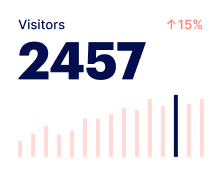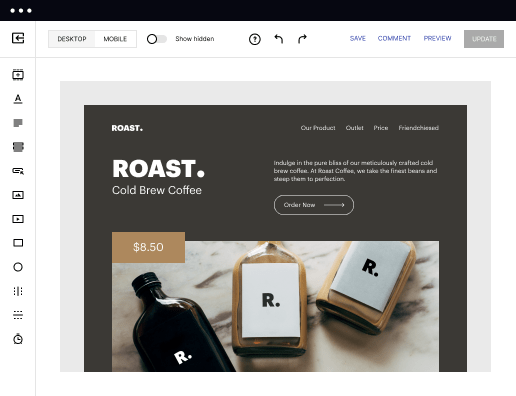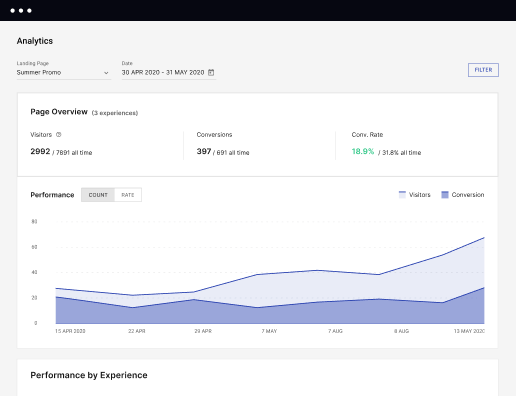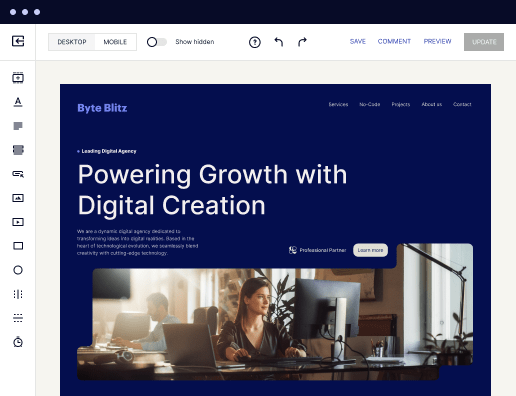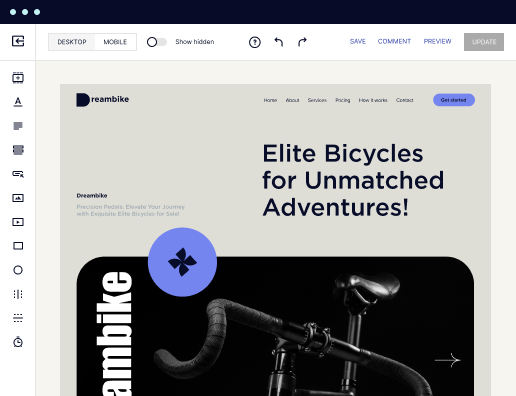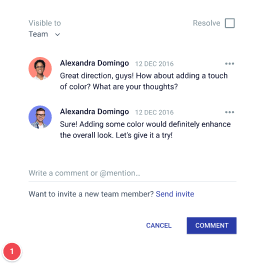Make your tailored blog page for Database managers
Empower Database managers with Instapage to deliver impactful blog page experiences and boost conversions.
Build your blog page for Database managers with Instapage
Creating a dedicated blog page for database managers is crucial for attracting the right audience and enhancing your brand’s credibility. With Instapage's intuitive landing page builder, you can select from over 100 pre-designed templates tailored specifically for tech and SaaS industries, ensuring that your content resonates with professionals looking for database solutions.
Identifying Your Audience
The first step in building an effective blog page is pinpointing your target audience’s needs. Database managers in sectors like education, finance, and government often seek content that addresses data management best practices, compliance, and innovative technologies. Understanding these specifics will guide your content strategy.
- Research relevant topics
- Utilize tools like Google Trends to find trending topics among database professionals.
- Create user personas
- Develop detailed personas to better understand your audience’s goals and challenges.
- Leverage social media listening
- Monitor industry discussions on platforms like LinkedIn to identify interests and pain points.
Designing Engaging Landing Pages
Next, focus on the design of your landing page. Use Instapage's drag-and-drop feature to create a visually appealing layout that includes compelling CTAs and clear navigation paths.
- Utilize AdMaps
- Align specific ad campaigns with tailored landing pages to enhance relevance for your visitors.
- Dynamic text replacement
- Personalize the landing page message based on the source traffic to increase engagement.
- Mobile optimization
- Ensure that your page is responsive and visually appealing on all devices, particularly for mobile users.
Optimizing for Conversions
After crafting your blog page, implement optimization techniques. Use built-in A/B testing to determine the most effective designs and CTAs, enabling continual refinement based on real user interactions.
- Conduct A/B tests
- Experiment with different headlines, images, and layout designs to improve conversion rates.
- Analyze user behavior with heatmaps
- Identify where users click most frequently and adjust content placement accordingly.
- Track performance metrics
- Utilize Instapage’s analytics dashboard to gauge page performance and make necessary adjustments.
Incorporating these strategies will lead to a well-optimized blog page designed for database managers, ultimately driving conversions and reinforcing your brand's credibility in the market.
To get started, sign up for Instapage and leverage its powerful tools to create a compelling blog page that effectively communicates to your target audience.
Transform your digital marketing strategy with Instapage today, and elevate your ability to engage with database managers and other critical audiences effectively.
Get more out of Build your blog page for Database managers
Improve your Quality Score with quick load technology for landing pages
Increase conversions with content that aligns with your ads and audiences
Achieve maximum ROI by scaling your marketing initiatives
Leading the way in building high-performing landing pages





FAQs
See how to build your blog page for database managers in action
Ready to skyrocket conversions?
Supercharge your ad campaigns with high-performing landing pages.
Get started
